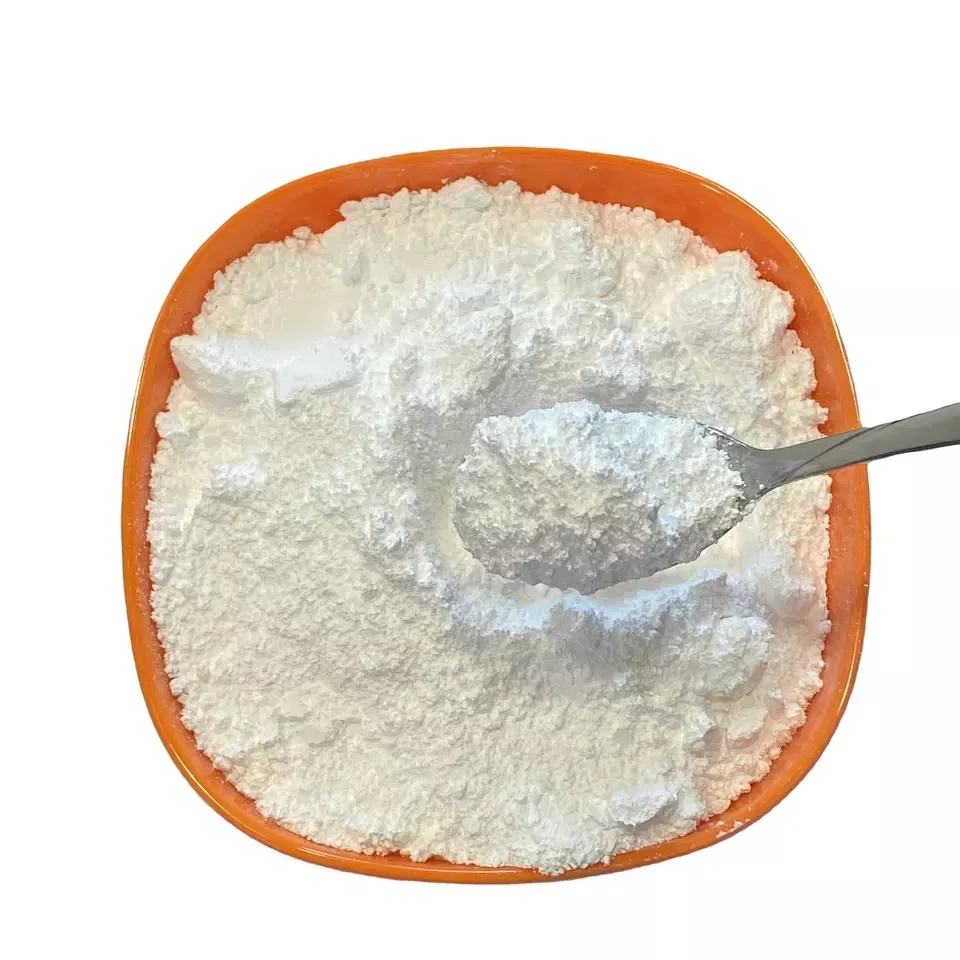Warning: Undefined array key "title" in /home/www/wwwroot/HTML/www.exportstart.com/wp-content/themes/1198/header.php on line 6
Warning: Undefined array key "file" in /home/www/wwwroot/HTML/www.exportstart.com/wp-content/themes/1198/header.php on line 7
Warning: Undefined array key "title" in /home/www/wwwroot/HTML/www.exportstart.com/wp-content/themes/1198/header.php on line 7
Warning: Undefined array key "title" in /home/www/wwwroot/HTML/www.exportstart.com/wp-content/themes/1198/header.php on line 7
- Afrikaans
- Albanian
- Amharic
- Arabic
- Armenian
- Azerbaijani
- Basque
- Belarusian
- Bengali
- Bosnian
- Bulgarian
- Catalan
- Cebuano
- China
- China (Taiwan)
- Corsican
- Croatian
- Czech
- Danish
- Dutch
- English
- Esperanto
- Estonian
- Finnish
- French
- Frisian
- Galician
- Georgian
- German
- Greek
- Gujarati
- Haitian Creole
- hausa
- hawaiian
- Hebrew
- Hindi
- Miao
- Hungarian
- Icelandic
- igbo
- Indonesian
- irish
- Italian
- Japanese
- Javanese
- Kannada
- kazakh
- Khmer
- Rwandese
- Korean
- Kurdish
- Kyrgyz
- Lao
- Latin
- Latvian
- Lithuanian
- Luxembourgish
- Macedonian
- Malgashi
- Malay
- Malayalam
- Maltese
- Maori
- Marathi
- Mongolian
- Myanmar
- Nepali
- Norwegian
- Norwegian
- Occitan
- Pashto
- Persian
- Polish
- Portuguese
- Punjabi
- Romanian
- Russian
- Samoan
- Scottish Gaelic
- Serbian
- Sesotho
- Shona
- Sindhi
- Sinhala
- Slovak
- Slovenian
- Somali
- Spanish
- Sundanese
- Swahili
- Swedish
- Tagalog
- Tajik
- Tamil
- Tatar
- Telugu
- Thai
- Turkish
- Turkmen
- Ukrainian
- Urdu
- Uighur
- Uzbek
- Vietnamese
- Welsh
- Bantu
- Yiddish
- Yoruba
- Zulu
juuli . 28, 2024 18:16 Back to list
Understanding the Composition and Production Process of Aspartame in Food Products and Beverages
The Composition of Aspartame A Deeper Look
Aspartame, a low-calorie artificial sweetener, has gained significant attention since its approval for use in food and beverages in the 1980s. It is approximately 200 times sweeter than sucrose (table sugar), making it a popular choice for those looking to reduce caloric intake without sacrificing sweetness. But what exactly is aspartame made of? Understanding its composition can help demystify this widely used sweetener and address some of the common concerns surrounding its safety and health implications.
Aspartame is a dipeptide methyl ester, which means it consists of two amino acids joined by a peptide bond and a methyl ester group. The two amino acids that comprise aspartame are phenylalanine and aspartic acid, which are both natural components of many protein-rich foods.
1. Phenylalanine The Essential Amino Acid
Phenylalanine is an essential amino acid, meaning that our bodies cannot produce it, so we must obtain it from food sources. It is found in high-protein foods such as meat, fish, eggs, dairy products, nuts, and certain legumes. In the body, phenylalanine serves various roles, including the production of neurotransmitters like dopamine. However, individuals with a genetic disorder known as phenylketonuria (PKU) must limit their intake of phenylalanine, as their bodies cannot metabolize it properly. For this reason, products containing aspartame are required to carry a warning for those who have PKU.
2
. Aspartic Acid The Non-Essential Amino AcidAspartic acid, the second component of aspartame, is a non-essential amino acid, which means our bodies can synthesize it, and it does not need to be obtained exclusively from the diet. This amino acid is involved in the biosynthesis of other amino acids and plays a crucial role in metabolism. Aspartic acid is naturally present in many protein-containing foods and also contributes to the flavor profile of certain ingredients, making it a commonly occurring component in various food products.
aspartame is made of

3. The Methyl Ester Group
In addition to the two amino acids, aspartame contains a methyl ester group. This methyl group enhances the sweetness of aspartame by influencing its molecular structure. The presence of the methyl ester enables the compound to bind effectively to the sweet taste receptors on our tongue, allowing it to produce a sweetness sensation much more potent than that of sugar, despite its small caloric content.
4. Metabolism and Safety
Upon consumption, aspartame is metabolized into its constituent amino acids—phenylalanine and aspartic acid—and methanol. Research has shown that the levels of these breakdown products are well within safe limits for the average person. The safety of aspartame has been evaluated by numerous health authorities around the world, including the U.S. Food and Drug Administration (FDA) and the European Food Safety Authority (EFSA), both of which have concluded that aspartame is safe for human consumption in moderate amounts.
Conclusion
In summary, aspartame is composed of phenylalanine, aspartic acid, and a methyl ester group. Its unique structure allows it to simulate sweetness with a fraction of the calories found in sugar, making it a popular option for those seeking to enjoy sweetness without the caloric burden. While individuals with PKU must avoid products containing aspartame, for the general population, extensive studies and regulatory reviews support its safety. Understanding the components of aspartame not only clarifies its role as a sweetener but also dispels some of the myths surrounding its impact on health. As with any food additive, moderation is key, and individuals should make informed choices that align with their dietary needs and health goals.
Latest news
-
Certifications for Vegetarian and Xanthan Gum Vegetarian
NewsJun.17,2025
-
Sustainability Trends Reshaping the SLES N70 Market
NewsJun.17,2025
-
Propylene Glycol Use in Vaccines: Balancing Function and Perception
NewsJun.17,2025
-
Petroleum Jelly in Skincare: Balancing Benefits and Backlash
NewsJun.17,2025
-
Energy Price Volatility and Ripple Effect on Caprolactam Markets
NewsJun.17,2025
-
Spectroscopic Techniques for Adipic Acid Molecular Weight
NewsJun.17,2025

